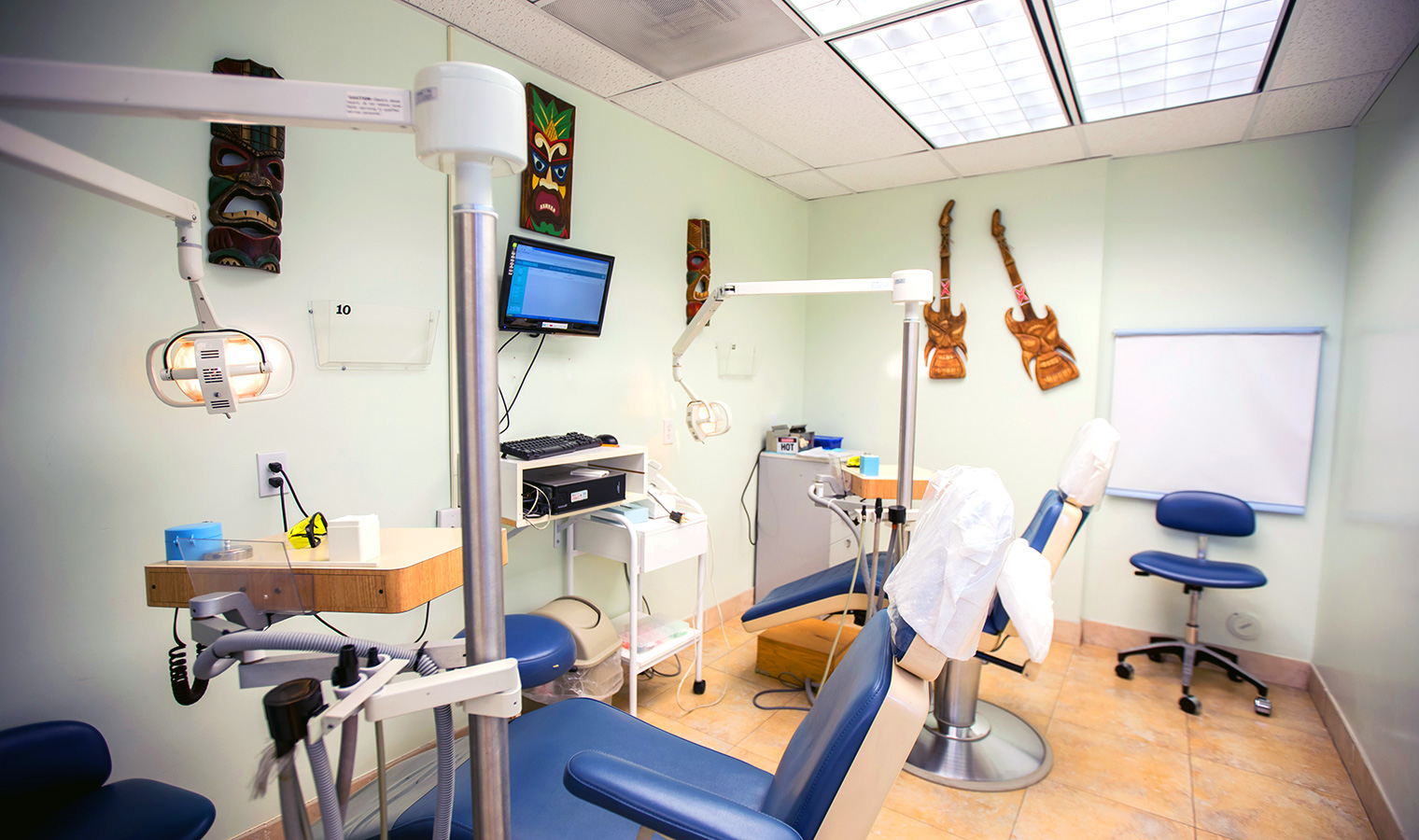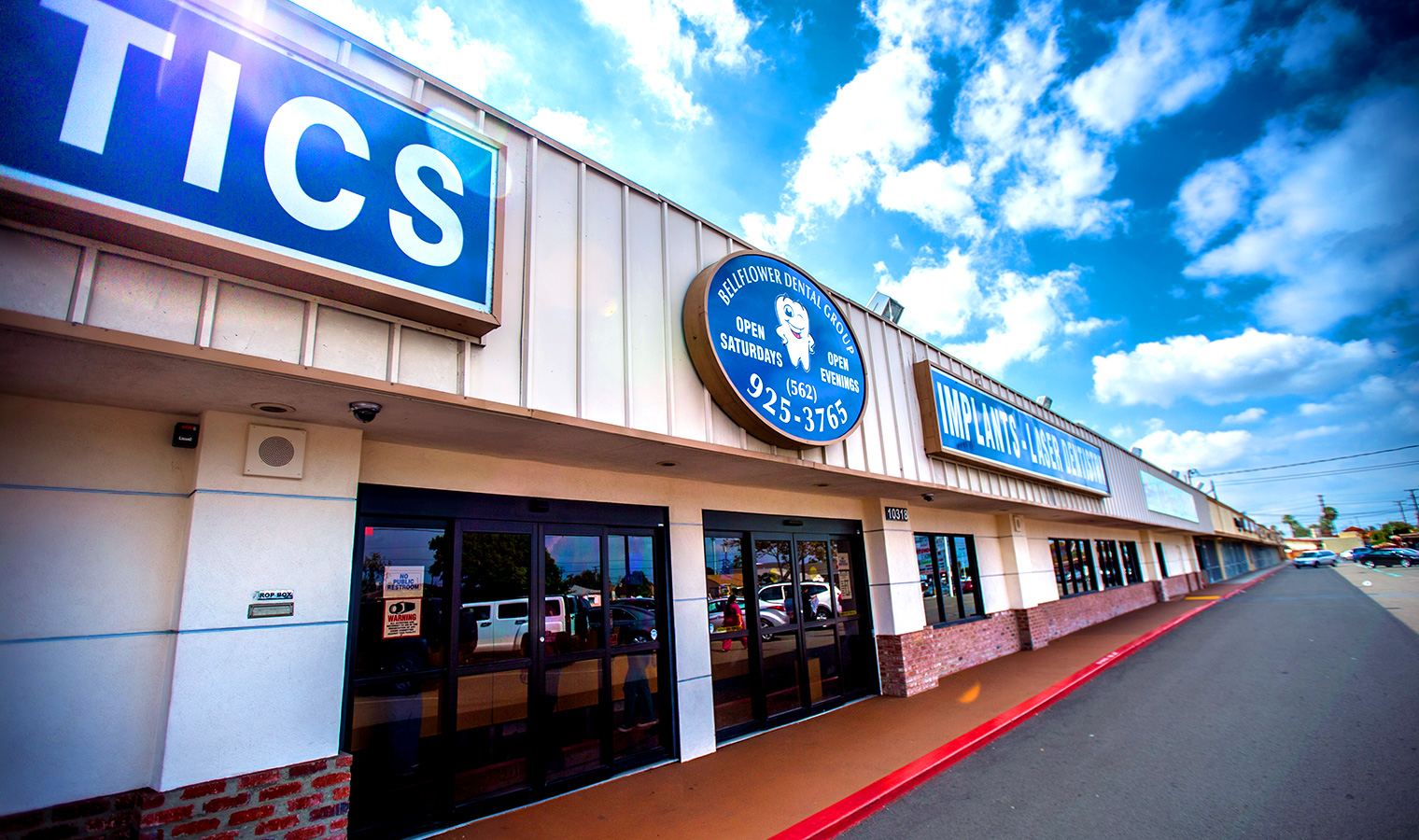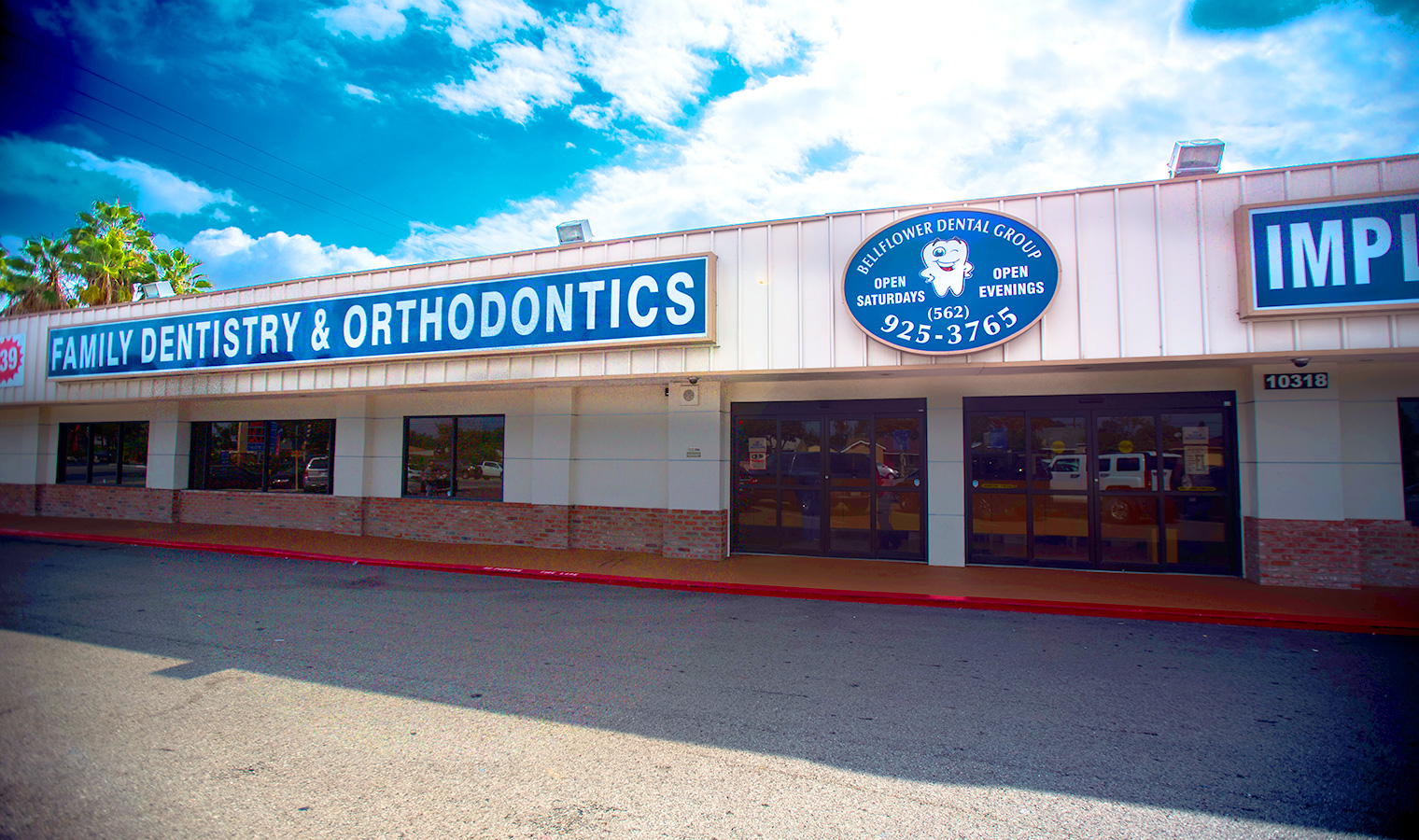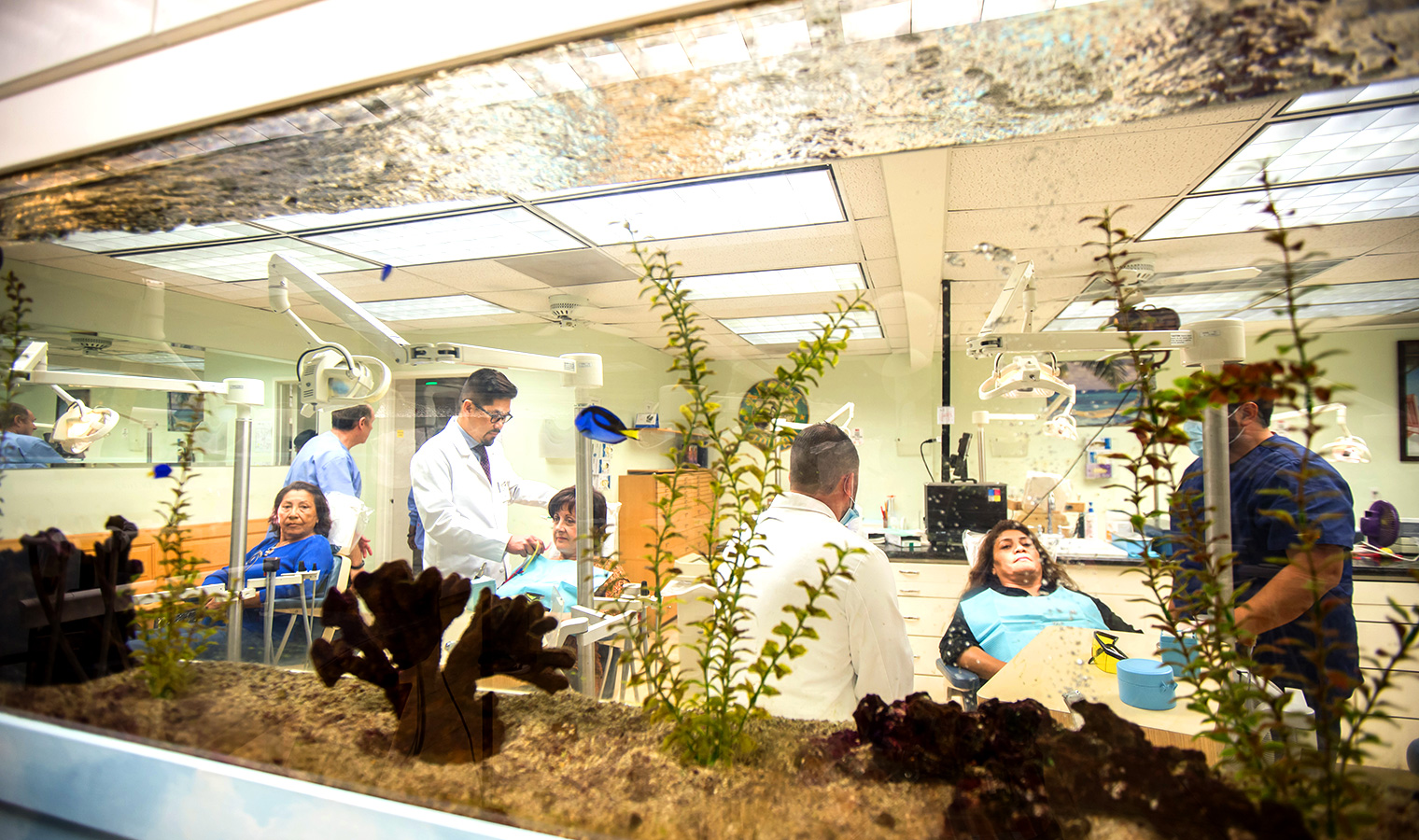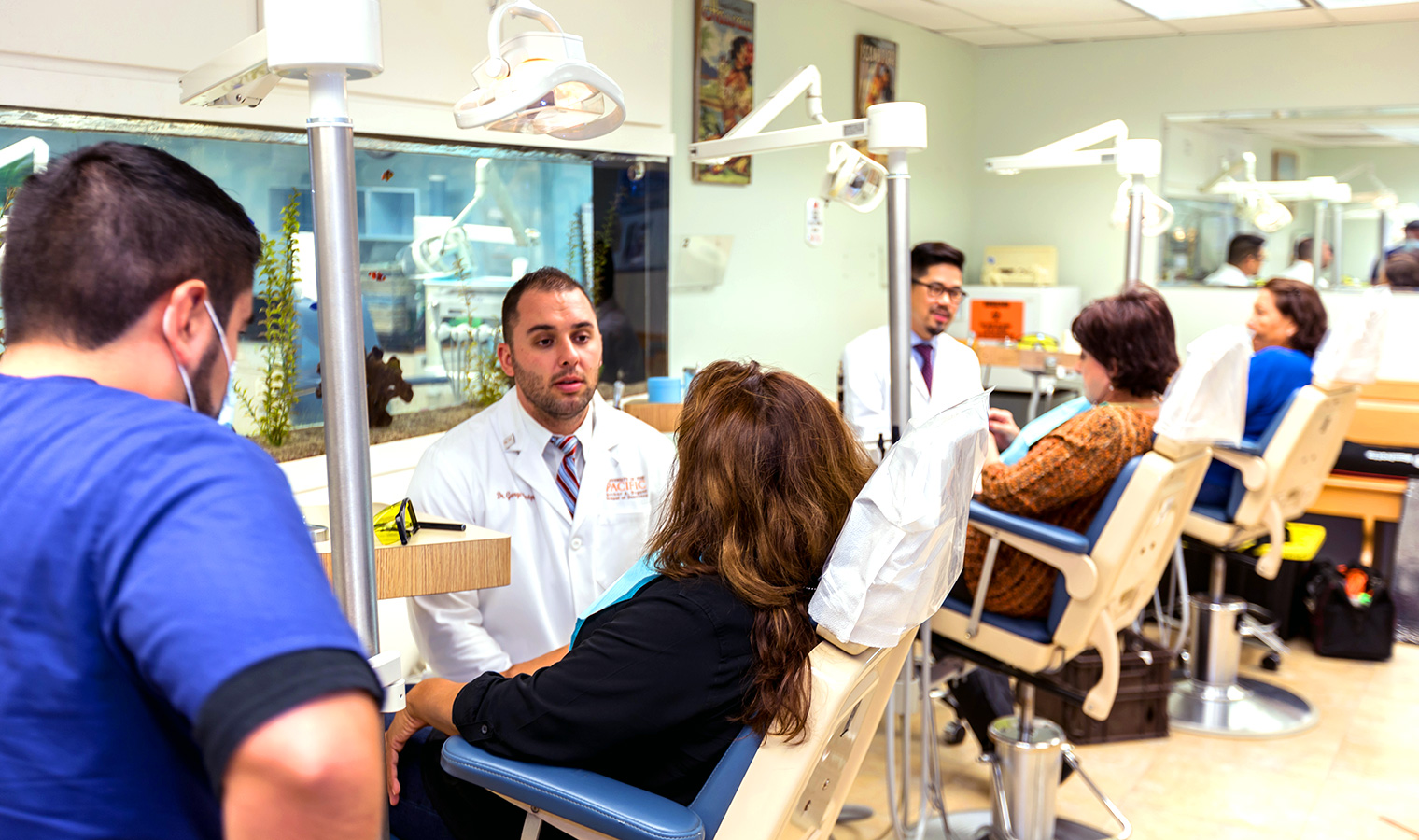If you want to restore your smile with a dental implant, you should understand your treatment timeline.
When our patients replace a missing tooth after a tooth extraction, one of the first things they ask is when their new teeth will be ready. For bridges or dentures, only a few visits are needed before you have a complete smile again. In some cases, you may even leave your extraction appointment with a same-day prosthetic.
The dental implant procedure is much more intensive and requires more time and caution than other artificial teeth. Dental implants are composed of three main components, with each one needing a separate appointment:
Implant. A metal post or screw that is surgically implanted into the jaw. It acts as the artificial tooth’s root, holding everything securely in place.
Abutment. This piece acts as the glue keeping the implant and restoration locked together.
Crown restoration. The prosthetic connects to the abutment and restores the look and function of your original tooth. This piece is usually a dental crown, but adjusted bridges or dentures can be used instead.
The dental implants process can take anywhere from six months to a year to complete, from start to finish. The exact time depends on your healing speed, dental hygiene, jaw health, and whether certain steps can be done simultaneously.
Consultation
Before your periodontist starts your dental implant procedure, we must first make sure that you are a good fit for implants. The implant process is extensive, and it’s not something you should go into lightly. Who is a good candidate for dental implants? Teeth implants require you to be in overall good dental and general health. If you have gum disease, it must be treated beforehand. Your gums and bone health are especially crucial to your oral surgery being successful. Leaving your gum infection alone can further weaken these supporting structures and ruin your chance at a beautiful, improved smile.
If you are found to be an excellent candidate, then we will begin planning your upcoming treatment. We will need to see if you can start the first surgery immediately or additional dental work is necessary. For example, implants rely on the jaw’s alveolar bone to support your new tooth. If there isn’t enough, you will need a bone graft to transplant the missing tissue.
Bone Graft
Even without periodontal disease, many patients don’t have sufficient bone matter to sustain their new teeth. Our mouths rely on the daily pressure and force from eating, chewing, and speaking to let them know our teeth are there and need to be supported. After a tooth is extracted, the alveolar bone doesn’t receive this necessary strain. The bone is resorbed, and your jaw starts shrinking, especially during the first few months.
With a bone graft, our dentists can transplant the required tissue. The bone graft will be surgically attached to the jaw, where it can heal and integrate with your natural bone. There are several different bone graft materials we can use:
Natural bone: your own bone, taken from elsewhere in your body
Donated bone: can be from another person or an animal
Synthetic bone: artificial material made in a lab
After the procedure, your jaw will need time to heal and recover. An average three to six months is required for the graft to fuse to your bone.
Implant
If there is enough healthy bone structure, your periodontist can begin the implant procedure. Your mouth will first be numbed with local anesthetic or dental sedation to ensure your surgery is painless. We will then make an incision in the gums and insert the implant where your tooth had been. The gums are sealed back over the socket to keep it covered.
Implants are made of titanium, which allows the post or screw to fuse to the bone in a process called “osseointegration. This osseointegration takes up much of the recovery time necessary after this first implant surgery. Between four and six months are needed for the bone and your implant to fuse fully.
Abutment
After osseointegration is complete, your dentist will then be ready to place the abutment. Since the gums will have closed up and healed, your dentist will need to make a small incision to open them back up and give us room for this next piece. Sometimes the abutment can be attached simultaneously as the implant, saving you time and an additional surgery.
A temporary healing abutment can also be placed during the initial implantation surgery. This piece is slightly larger than average to allow your gums to heal around it instead of the implant. Once it’s time for the permanent abutment to be attached, we can easily swap them out.
It takes around four to six weeks for your gums to heal around the abutment. During this time, you’ll have to watch what you eat and make sure to keep the area clean. Otherwise, this closing wound can become infected, putting your smile’s health and your implant’s success at risk.
Crown Restoration
Once the abutment is firmly in place, our dentists will prepare your final prosthesis using molds, impressions, and scans of your mouth. After a few weeks, your prosthetic piece will be ready for placement. We will attach it to the abutment and make any adjustments you need so the fit feels natural and seamless. Further checkup appointments ensure everything remains perfect.
In most cases, patients are only replacing a single missing tooth, so a standard dental crown is used. Connected crowns can also be used to replace two adjacent missing teeth. However, an additional post and abutment are needed to support this second tooth. For implant-supported prostheses, like bridges and permanent dentures, multiple implants will be required at key positions to uphold them.
Frequently Asked Questions_
How Long Does A Dental Implant Last?_
Dental implants are incredibly long-lasting, more so than their prosthetic siblings. The implant screw or post itself can last an entire lifetime with excellent dental hygiene. You’ll need to come into our office around every six months for examination. Our dentists want to ensure your implant doesn’t fail or need adjustments.
However, while your fake tooth’s root won’t need replacing, the restoration piece on top eventually will. Your false tooth will receive a lot of pressure, and over time, this strain will show as wear and tear. Molar and rear implants face stronger bite forces than front teeth, meaning these restorations break down quicker. Most porcelain crowns need to be replaced every 10 to 15 years, though this tooth can last around 25 if you take good care of it.
How Much Do Dental Implants Cost?
Like most procedures, there is no single dental implant cost. Several factors affect your treatment’s price, from how many implants you need to how early treatment begins. For example, if you wait several months after your tooth is removed, your tooth extraction cost won’t be included. You would also possibly need an additional bone graft surgery.
These are several of the considerations taken into account when determining the exact price of your treatment:
Type of tooth implant (traditional, mini dental implants, All-on-4 dental implants, etc.)
Type of crown or restorative piece
Number of teeth to be replaced
Complexity of your case
Cost of extraction, if necessary
Whether dental sedation was used
Cost of bone graft procedure, if necessary
Location
Dental implants are usually not included with dental insurance. However, some full coverage policies have partial coverage. Often, only the crown or restoration piece is somewhat covered. If you are worried about your implants’ cost, Bellflower Dental Group is here to help. Our dentists want to ensure our patients can always receive the affordable dental implants they deserve, no matter their situation or budget. Please call our office at (323) 486-6579 to schedule a financial consultation with us. Our dentists will be more than happy to discuss alternative financing options with you and to help you decide which is best for you.
What Are the Advantages Of Dental Implants?
By and large, dental implants are considered by dentists to be the best tooth-replacement option. Not only do they look and feel entirely natural, but they also offer a range of unique benefits that put them above and beyond both dental bridges and dentures.
Bone Loss Prevention. Unlike a dental bridge or denture, an implant is directly inserted into the jaw, allowing it to behave exactly like a real tooth, pressure and all. This daily strain stops any bone loss or resorption.
Durability and Longevity. Implants are the longest-lasting tooth replacement option, staying in prime condition for decades with ease as long as you maintain them well. Dentures only last 5 to 7 years, and bridges 10 to 15.
Convenient. Implants are custom-designed to act like a real tooth, meaning you can brush and floss without special instructions. They are also fixed into the jaw, so you don’t have to worry about them falling out or removing them at night.
